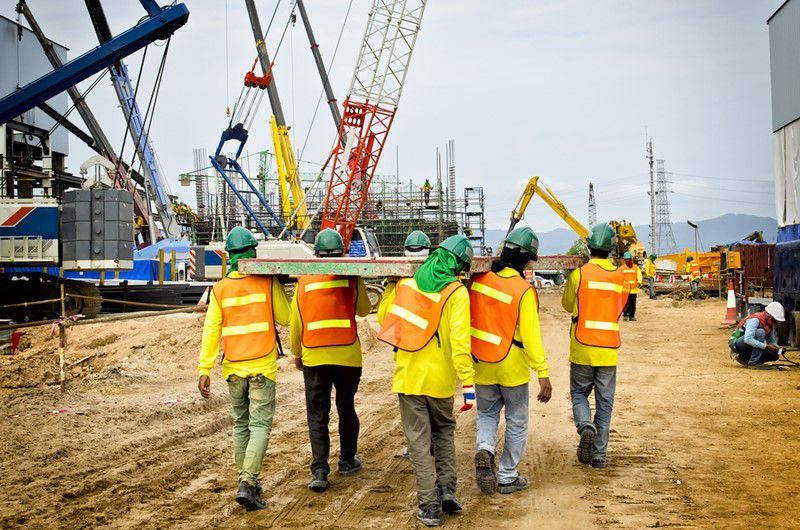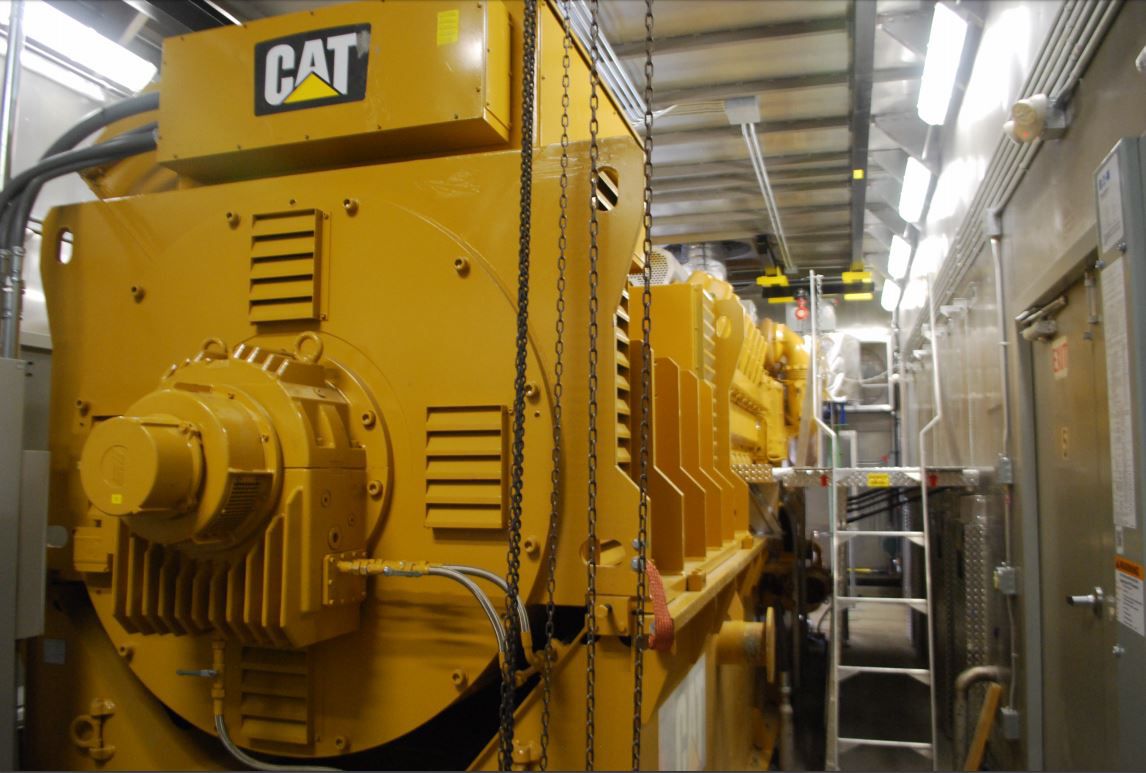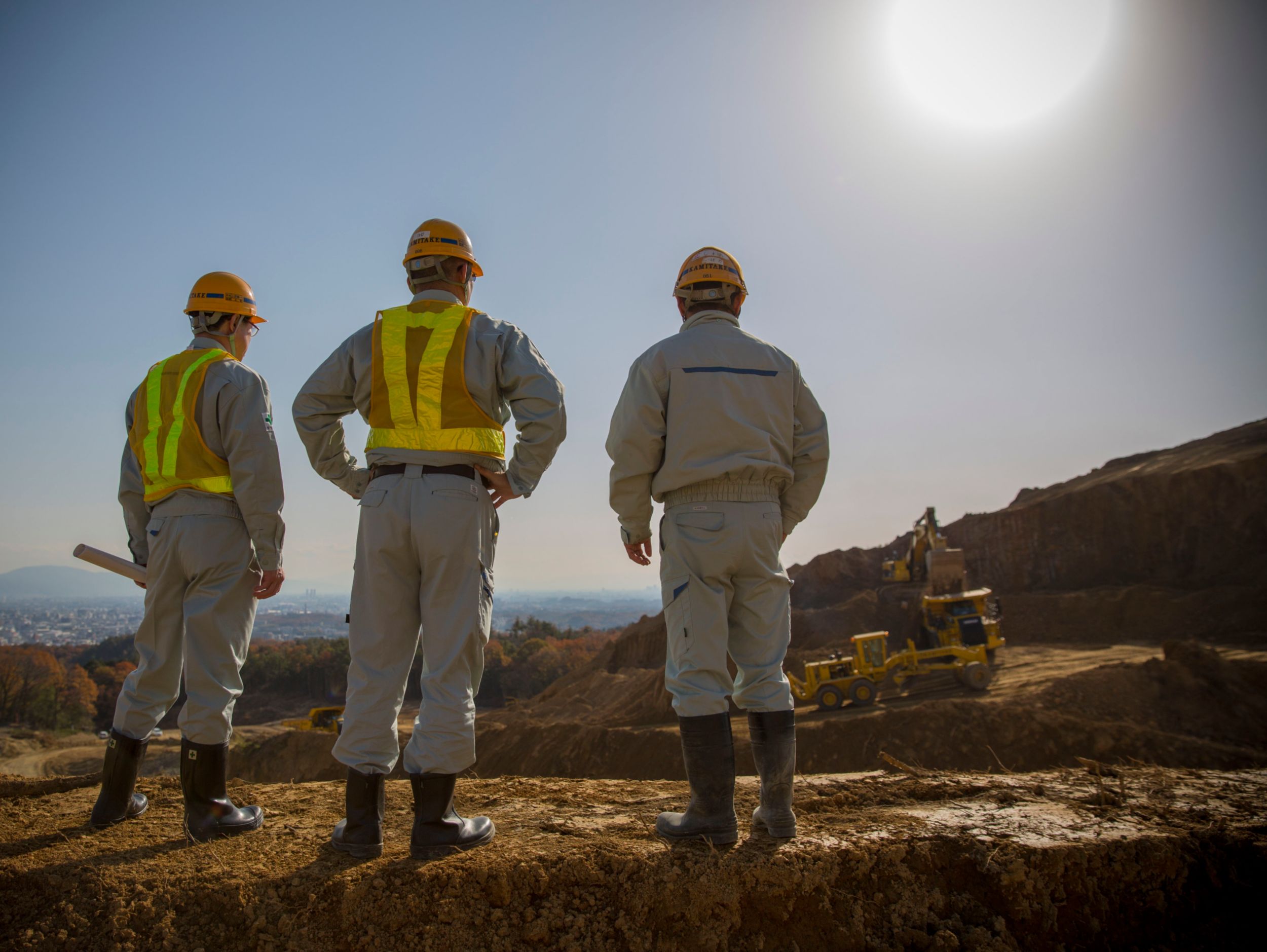サインイン
ようこそ! Cat.comのエクスペリエンスをカスタマイズするには、サインインしてください
他のCATアプリのアカウントをすでにお持ちの場合、そのアカウントをサインインに使用できます
今すぐ登録する
1つのアカウントで、CATのすべてのサービスにアクセス
Caterpillarアカウントでログインすると、当社が提供するさまざまなサービスやアプリケーションを1つのアカウントで利用できます。部品や機械をオンラインで購入したり、保有機械を管理したり、モバイル機器からアクセスしたりできます。
What will the world look like after the Belt and Road Initiative is complete?
THE BELT AND ROAD INITIATIVE'S IMPACT ON GLOBAL COMMERCE AND ITS HISTORICAL PRECEDENT
The development of physical infrastructure is key for creating conditions that lead to economic growth, whether on a local or global scale. Roads, rails, air and seaports and other, similar elements that connect cities, towns, businesses and production facilities make it easier to assemble, transport and sell products. These improvements offer more opportunities for individuals seeking jobs as well as companies that want to expand and governments trying to foster growth.
The Belt and Road Initiative, an ambitious international project that will eventually connect more than 70 countries across land and sea routes that will benefit from improved infrastructure, has the potential to improve national, regional and global economies. Spearheaded by the Chinese government, the Initiative has a much broader scope than just that single nation. Europe, Africa, the Middle East, Asia and the Pacific region will all see improved trade lines and enhanced infrastructure as the project rolls on.
This effort, though vastly different in terms of the technology used and with a somewhat broader scope, has a number of important similarities to the Silk Road of antiquity. This collection of trade routes similarly connected countries extremely distant from one another and boosted economic activity. Let's take a closer look at the Silk Road and its parallels to the Belt and Road Initiative.
The Silk Road's impact on historical commerce and politics
One of the most basic similarities between the Silk Road and the Belt and Road Initiative is that neither is or was a single road-to-sea trade route. Both are names representing a series of connections that often meet but also branch off of one another to reach a variety of destinations. The number of countries and regions connected by the Silk Road is especially impressive in the context of the time in which it was active, from the late BC era through the middle of the 1400s. With no electricity, steam power, combustion engines or telecommunications, the fact that trade between nations as far apart as China and Egypt or India and Italy was possible is all the more impressive.
As History.com pointed out, direct trade was a critical component of these routes, but not the only one. The trade of different materials sparked experimentation and invention among the countries touched by the Silk Road, and cultural, scientific and political considerations were also important. Increased contact meant more exchange and development of ideas as well as commerce. It's easy to see how today's Belt and Road Initiative has the capacity to spark similar benefits.
The continuing importance of physical infrastructure in the digital world
While the exchange of ideas and a number of core economic processes have been greatly facilitated by the development of digital infrastructure, the need for physical systems will always remain. Roads, rails, ports and the people and equipment that construct, maintain and repair them simply can't be replaced by digital systems. The Belt and Road Initiative offers increased connections for a variety of areas, some of which have plenty of room for modernization and enhancement of current infrastructure.
The ability to export raw materials and products to a wider range of potential buyers, as well as import the same, can lead to drastic and positive change in certain circumstances. Additionally, individual businesses and entire countries can benefit from the potential for reduced costs thanks to improved transport routes and the stability of more standardized deliveries. These improvements are supported in many ways by digital tools, in everything from sending purchase orders to managing land, sea and air traffic, but the core advantage comes from the improved physical infrastructure.
The role of Caterpillar in the Belt and Road Initiative
Caterpillar and the worldwide network of dealers has helped supply critical heavy equipment for a number of the individual construction projects that make up the greater Initiative. From Pakistan to Belarus, Ghana to Kuwait, Caterpillar has played an integral role in helping businesses and national governments transform the concept of the Belt and Road Initiative into a transformative reality that's connecting and strengthening the world economy.
Additional Articles
Find in-depth articles to answer your questions about construction equipment financing, and expert tips to help you navigate today's economy as a successful business.






